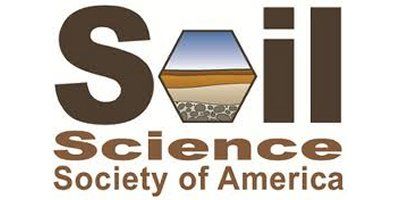

Soil Science Society of America (SSSA)
- Home
- Companies
- Soil Science Society of America (SSSA)
- Articles
- Flowering phenology and synchrony ...
Flowering phenology and synchrony between volunteer and cropped spring wheat: Implications for pollen-mediated gene flow
Jun. 27, 2009- By: Christian J. Willenborg, Ed C. Luscheic, Anita L. Brûlé-Babela and Rene C. Van Acker
Courtesy ofSoil Science Society of America (SSSA)
Genetically engineered (GE) wheat (Triticum aestivum L.) volunteers could present a problem in cultivated wheat because they may facilitate movement of a GE trait to other volunteers or non-GE wheat crops. However, volunteers can emerge periodically throughout the growing season and, thus, flowering overlap with the crop may be largely asynchronous, presenting a significant barrier to gene flow. Field experiments were initiated to determine the influence of volunteer wheat emerging at various densities and emergence times relative to the crop on flowering phenology and synchrony between cropped and volunteer spring wheat populations. Using a novel analytical method that treats individual flowering curves as a series of probability density functions, we characterized flowering phenology and quantified flowering synchrony between cropped and volunteer spring wheat. The results indicated that volunteer wheat initiated and ceased flowering earlier when emergence occurred before crop emergence. Thermal time requirements for completion of 5, 50, and 75% flowering decreased as volunteer emergence was progressively delayed. Flowering was further accelerated when emergence coincided with the crop and, consequently, flowering synchrony between volunteer and crop plants was significantly higher. Levels of flowering synchrony peaked at 86% and were highly dependent on volunteer emergence time relative to the crop. Our results suggest that pollen-mediated gene flow (PMGF) in spring wheat will be dependent on emergence timing of volunteers and, thus, if hybridization between cultivated wheat and volunteers or neighboring wheat crops is going to transpire, it will most likely occur when volunteer emergence occurs within a hybridization window of 75 growing degree-days on either side of crop emergence. Coupled with seed-mediated gene flow, the additional admixture caused by PMGF could be problematic for coexistence between GE and non-GE wheat.
Most popular related searches
